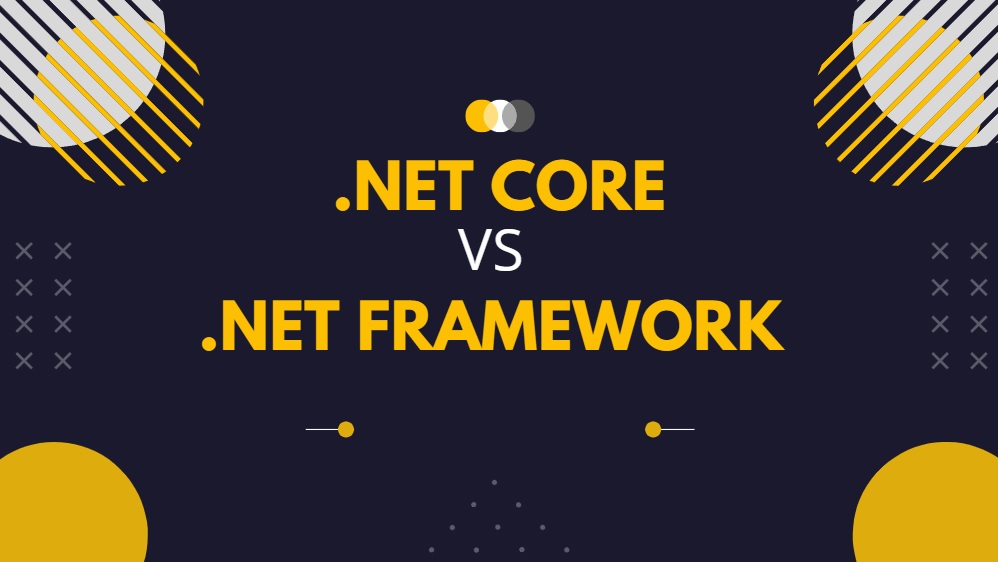Understanding Developer Experience (DX) in IT Organizations
In the dynamic realm of information technology, organizations that have embraced agile methodologies, embarked on digital transformations, or transitioned to cloud computing place significant emphasis on optimizing the developer experience, commonly referred to as DX. This concept is pivotal as it directly correlates to enhancing productivity and the overall quality of software product development. Developer experience encompasses the environment, tools, and processes that IT professionals interact with on a daily basis, and its optimization is becoming a fundamental objective for forward-thinking IT departments.
Enhancing Productivity with CI/CD Practices
A fundamental aspect of improving the developer experience is the implementation of Continuous Integration and Continuous Delivery, abbreviated as CI/CD. This practice is prioritized within tech companies for its ability to streamline the build, delivery, and deployment cycles of software development. By automating repetitive tasks and fostering a culture of DevOps, CI/CD practices aim to align the objectives of development and operations teams for more efficient workflows. We will explore in further detail the nuances of CI/CD and its associated concepts, which are instrumental in the rapid and reliable delivery of software updates to end-users.
CI/CD: Driving Company Growth and Operational Efficiency
Investing in a seamless developer experience through the adoption of CI/CD practices yields significant indirect advantages, such as propelling company growth and bolstering operational efficiency. These methodologies facilitate a more intuitive and streamlined workflow for developers, thus enhancing productivity. Continuous Integration involves the frequent merging of code changes into a central repository, which is then automatically tested. Continuous Delivery and Continuous Deployment ensure that the code is not only tested but also released in a short cycle, enabling a quicker turnaround for new features and fixes. Embracing these principles is at the heart of DevOps culture, which focuses on reducing the time to market for software products and heightening customer satisfaction. Reflecting on the insights from Dzone's State of CI and CD report, it is evident that organizations committed to the DevOps philosophy are increasingly leveraging CI/CD practices to develop and maintain Software as a Service (SaaS) products with greater agility and responsiveness to market demands.
F.A.Q
In the context of software development, continuous integration refers to the build and unit testing phases. An automatic build and test are started for each revision that is committed. Code changes are automatically built, tested, and prepared for a production release with continuous delivery.
The ideal approach for software development that adheres to a number of crucial principles is continuous integration. Revision control, automated testing, and build automation are a few of the CI tenets.
The Principles of Continuous Integration include:
- Maintain a single source repository.
- Automate the build.
- Make your build self-testing.
- Every commit should build on an integration machine.
- Keep the build fast.
- Test in a clone of the production environment (staging)
The following are the fundamental requirements for performing continuous integration:
- Automating builds.
- Automating evaluations.
- Adding to a single source code repository more frequently.
- Giving the team immediate access to the CI status and process visibility.
For every Agile Release Train, continuous integration is a crucial technical practice (ART). It raises standards, lowers risk, and establishes a rapid, dependable, and long-term rate of development. With continuous integration, the "system always runs," which means it may be deployed, even while under development.
Continuous integration helps developers create software more quickly, safely, and easily. Developers may confidently commit smaller changes by automating builds and tests. Software developers receive feedback on their code more quickly, which quickens innovation in general.
The main disadvantages of continuous integration are:
- Conversion of well-known procedures
- Needs more servers and environments.
- The creation of appropriate test protocols is required.
- When several developers wish to integrate their work at the same time, there may be delays.
The entire software release process is automated through continuous delivery. Every time a revision is committed, an automatic flow is started that builds, tests, and stages the update. The developer is the one who ultimately decides whether to deploy to a real-world production environment.
All phases of the software release process are automated through continuous delivery. An automated sequence that builds, tests, and then stages the update is started whenever a revision is committed. The developer initiates the ultimate choice to deploy to a real-world production environment.
The four components of the SAFe continuous delivery pipeline are release on demand, continuous integration, continuous deployment, and continuous exploration.
Continuous Delivery is a method of software engineering in which teams continuously produce worthwhile software in brief cycles and guarantee that it may be dependably supplied at any moment.
Continuous integration, delivery, and deployment are combined into four main stages of the CI/CD pipeline: source, build, test, and deploy.
The benefits of continuous delivery are:
- Process of Software Release Automation
- Increase the output of developers.
- Find and Fix Bugs More Rapidly.
- Faster delivery of updates
The most frequent complaint from developers was the lengthy cycle time. A developer may become quite frustrated with the period of time between making a commit and deploying it after testing and validation. Waiting for input is a waste of time and necessitates a disruptive context shift for engineers.
The disadvantages of continuous delivery are:
- Cost consideration: A good and secure product delivery requires a strong and dependable integration server for automated tests.
- The automated tests need to be created and run flawlessly. During quality testing, flawed tests can seriously harm the process.
- Requires effective and ongoing communication with clients and the systems they are trying to reach.
- The product is still manually updated with new features, enhancements, and modifications. You must switch to continuous deployment if you want to automate this operation.
- The consumer must demonstrate their readiness to employ experimental software. Additionally, they must be inspired to offer critical comments.
Continuous integration and delivery (CI/CD) work together to automate the DevOps lifecycle. Companies that use CI/CD make better use of their resources, save money, and allow developers to focus on innovation.
Many companies are now able to release more frequently without sacrificing quality thanks to continuous integration, delivery, and deployment (CI/CD). Code updates are guided via an automated pipeline using CI/CD, which handles the repetitious build, test, and deployment activities and notifies you of any problems.
The key advantages of CI/CD include:
- Higher efficiency.
- Lower possibility of faults.
- Accelerated product delivery.
- Creation of logs.
- Quickly reverse if required.
- Better organizing.
- Efficient testing and observation.
- Cost-effectiveness.



